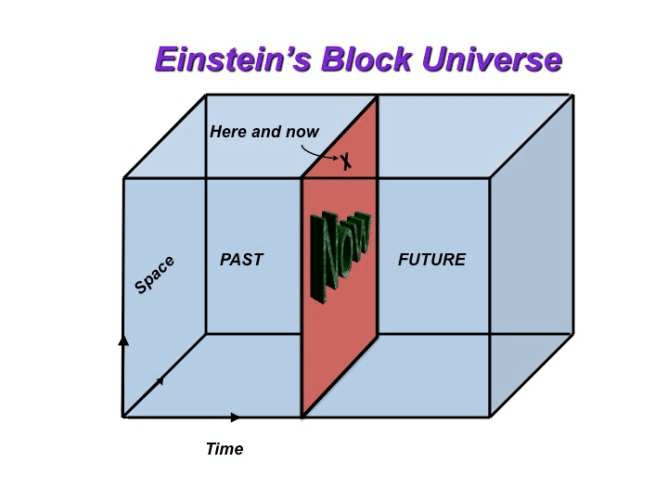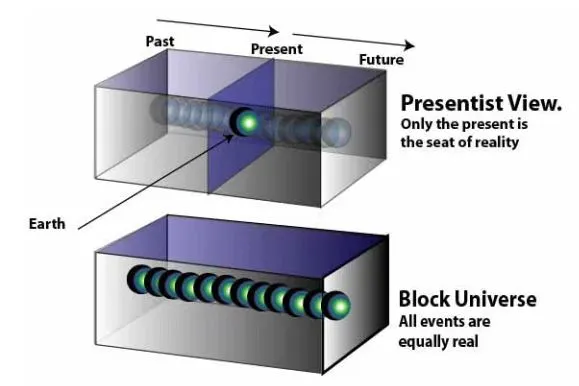Albert Einstein
Albert Einstein (14 March 1879 – 18 April 1955) was a German-born theoretical physicist who is best known for developing the theory of relativity. Einstein also made important contributions to quantum mechanics. His mass–energy equivalence formula E = mc2, which arises from special relativity, has been called “the world’s most famous equation”. He received the 1921 Nobel Prize in Physics for his services to theoretical physics, and especially for his discovery of the law of the photoelectric effect.
Born in the German Empire, Einstein moved to Switzerland in 1895, forsaking his German citizenship (as a subject of the Kingdom of Württemberg) the following year. In 1897, at the age of seventeen, he enrolled in the mathematics and physics teaching diploma program at the Swiss federal polytechnic school in Zurich, graduating in 1900. He acquired Swiss citizenship a year later, which he kept for the rest of his life, and afterwards secured a permanent position at the Swiss Patent Office in Bern. In 1905, he submitted a successful PhD dissertation to the University of Zurich. In 1914, he moved to Berlin to join the Prussian Academy of Sciences and the Humboldt University of Berlin, becoming director of the Kaiser Wilhelm Institute for Physics in 1917; he also became a German citizen again, this time as a subject of the Kingdom of Prussia. In 1933, while Einstein was visiting the United States, Adolf Hitler came to power in Germany. Horrified by the Nazi persecution of his fellow Jews, he decided to remain in the US, and was granted American citizenship in 1940. On the eve of World War II, he endorsed a letter to President Franklin D. Roosevelt alerting him to the potential German nuclear weapons program and recommending that the US begin similar research.
In 1905, sometimes described as his annus mirabilis (miracle year), he published four groundbreaking papers. In them, he outlined a theory of the photoelectric effect, explained Brownian motion, introduced his special theory of relativity, and demonstrated that if the special theory is correct, mass and energy are equivalent to each other. In 1915, he proposed a general theory of relativity that extended his system of mechanics to incorporate gravitation. A cosmological paper that he published the following year laid out the implications of general relativity for the modeling of the structure and evolution of the universe as a whole. In 1917, Einstein wrote a paper which introduced the concepts of spontaneous emission and stimulated emission, the latter of which is the core mechanism behind the laser and maser, and which contained a trove of information that would be beneficial to developments in physics later on, such as quantum electrodynamics and quantum optics.
In the middle part of his career, Einstein made important contributions to statistical mechanics and quantum theory. Especially notable was his work on the quantum physics of radiation, in which light consists of particles, subsequently called photons. With physicist Satyendra Nath Bose, he laid the groundwork for Bose–Einstein statistics. For much of the last phase of his academic life, Einstein worked on two endeavors that ultimately proved unsuccessful. First, he advocated against quantum theory’s introduction of fundamental randomness into science’s picture of the world, objecting that God does not play dice. Second, he attempted to devise a unified field theory by generalizing his geometric theory of gravitation to include electromagnetism. As a result, he became increasingly isolated from mainstream modern physics.


Block Universe Theory
The block universe theory, also known as Eternalism or [block time], is a model of the universe where past, present, and future exist simultaneously. It’s depicted as a four-dimensional “block” encompassing all space-time events, with time not passing in the same way we experience it.
- All times exist: The block universe theory suggests that all moments in spacetime are equally real and exist simultaneously.
- No passage of time: Time doesn’t flow or progress in the way we perceive it; it’s more like a fixed dimension of space-time.
- Equivalence of past, present, and future: There’s no physical basis for distinguishing between the past, present, and future.
- Implications for time travel: If time is a dimension in the same way as space, then time travel might be possible, according to some interpretations.
- Connection to relativity: The block universe is sometimes seen as a philosophical interpretation of Theory of relativity, where space and time are intertwined in a four-dimensional continuum.
- Alternative to other theories of time: It’s contrasted with other views of Time, such as Presentism(present exist) and Growing Block Universe, while the future is not yet created).
- Challenges to intuitive understanding: The block universe can be counterintuitive because it contradicts our everyday experience of time flowing linearly.